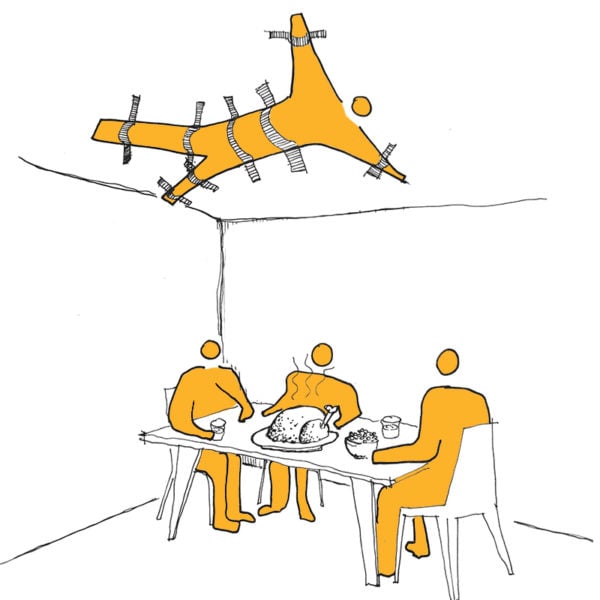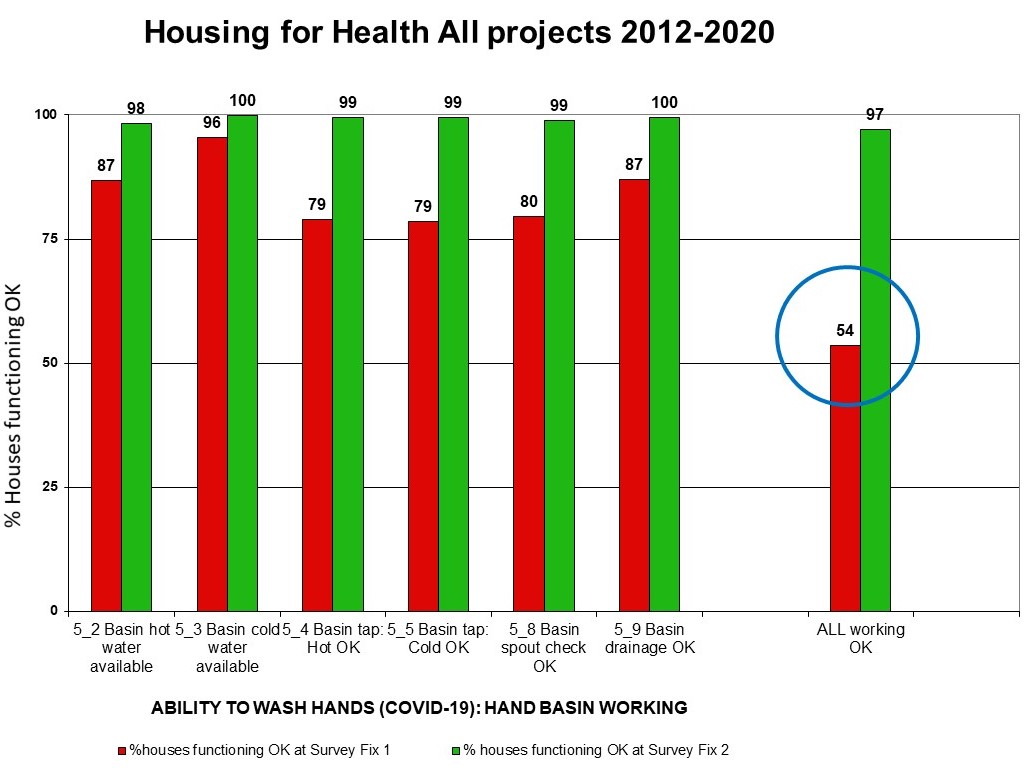House function & COVID-19

Self-isolation in a crowded house
What does house function have to do with COVID-19?
HH read this excellent article on the Conversation and this one from Croakey which advocates for improved housing to reduce the risk of COVID-19 and other diseases in Indigenous communities. We know good house function is linked to improved health, reduced infectious disease and reduced hospital admissions. High house function can help eradicate the common infectious diseases that much of Australia no longer worry about, such as trachoma. Like many infectious diseases, one of the key steps in managing and eliminating them is the ability to wash your face and hands regularly, which is where house function comes in.
The World Health Organisation (WHO) has a list of 8 simple precautions people can take to protect themselves and others from COVID-19. HH asks the question: What happens if you live in an overcrowded house without the ability to wash your hands? This is a real situation for many Indigenous Australians whose preventable poor house function means you would be unable to undertake 3 of the 8 recommended ‘simple’ precautions from the WHO:
- Regularly and thoroughly clean your hands with an alcohol-based hand rub or wash them with soap and water. Why? Washing your hands with soap and water or using alcohol-based hand rub kills viruses that may be on your hands.
- Maintain at least 1 metre (3 feet) distance between yourself and others. Why? When someone coughs, sneezes, or speaks they spray small liquid droplets from their nose or mouth which may contain virus. If you are too close, you can breathe in the droplets, including the COVID-19 virus if the person has the disease.
- Stay home and self-isolate even with minor symptoms such as cough, headache, mild fever, until you recover. Have someone bring you supplies. If you need to leave your house, wear a mask to avoid infecting others. Why? Avoiding contact with others will protect them from possible COVID-19 and other viruses.
Hand washing in Indigenous communities:

The ability to wash your hands regularly is known to reduce the risk of infectious disease. In order to do this, there must be certain infrastructure in place: water supply, a place to wash your hands, a place to store soap safely and a way to safely dispose of wastewater safely. Luckily many Australians have this in their bathrooms, Indigenous Australians are not so lucky.
HH’s data shows that out of the houses that we have surveyed over the past 10 years 54% do not have a hand basin that works at Surveyfix 1.
Where do you go to wash your hands regularly if you do not have a functioning tap in your house? A friends house? A Neighbour? A family member? Only 38% of houses have a working shower. How do you social distance or self-isolate in these conditions?
Crowding in Indigenous communities:

Figure 2: Proportion of people living in overcrowded households, by Indigenous status, 2001 to 2016
Crowding occurs at around three times the rate of Non-Indigenous Australians. According to the Australian Institute of health and welfare, 24% of state owned and managed Indigenous housing is overcrowded. This means living conditions make it extremely difficult to be able to self isolate or practice social distancing effectively.
What does this look like on the ground? Read this small excerpt from Dr King, a senior medical officer who works in an Aboriginal community in QLD;
In 2018, King said an outbreak of mumps raced through the community and within weeks was estimated to have infected over 150 people. Half of those surveyed afterwards had been sharing a bedroom with two or more people
“The advice we were giving people then is precisely what we’re giving people now: socially isolate to help prevent the spread,”
“But when you’re talking to someone who lives in a house with ten other people, they’ve got three bedrooms, one bathroom where maybe the plumbing and the tapware is not particularly functioning, their ability to self-isolate is incredibly impacted.”
Sadly this is not a new issue, the post from 2014 “Crowding measured poorly” by the late HH director Paul Pholeros still rings true. Increasing housing number or size is not enough to reduce the damaging effects of crowding, improved house function must be part of the solution. The COVID-19 pandemic has shown highlighted this as an urgent issue that needs real action.









